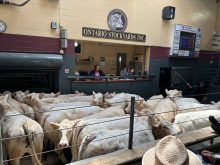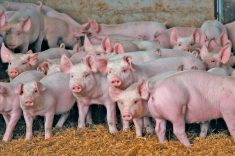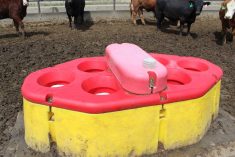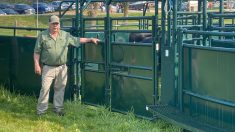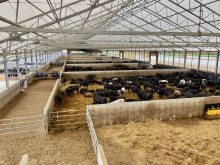When a family has worked the same land for more than 100 years, they develop an appreciation for past and future generations.
The Conlin farm at Lucan, near London, is owned and operated by Mike and Jen Conlin and their children, along with parents, Tony and Mary Conlin, who are retiring.
“I don’t think succession planning ever stops or ever really starts,” Mike told a tour group of beef producers.
The family is currently working through a transition with Mike’s parents, and his sons have indicated they want to return to the farm. That means plans are needed to include the fifth generation.
Read Also
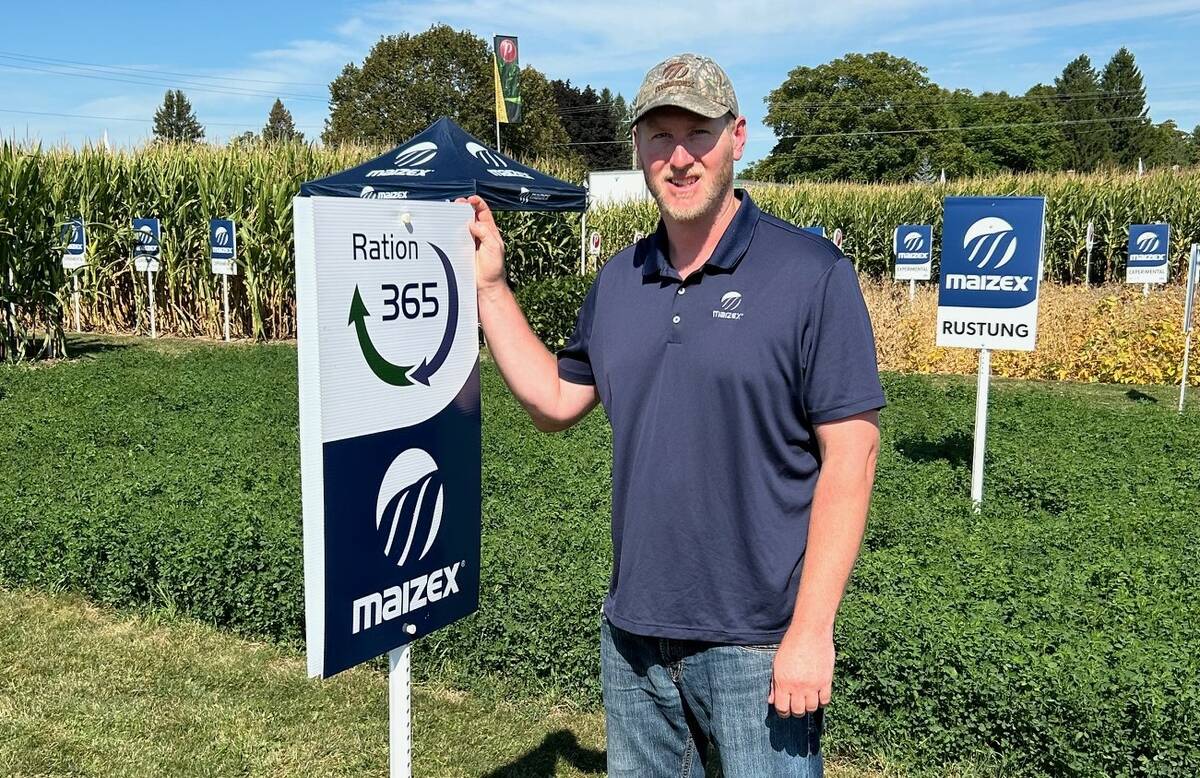
Maizex brings Elite forage seeds under its brand umbrella
The seed catalogue for Maizex Seeds takes on a different look for its 2026 edition thanks to the introduction of a new marketing initiative dubbed “Ration 365.”
Why it matters: The Conlin farm feeds about 5,000 cattle at its feedlot, serving a consumer niche for corn-fed beef and providing cattle producers with nearby slaughter facilities.
Mike Conlin is president of the Ontario Cattle Feeders Association and the farm is a certified Ontario Corn Fed Beef operation.
The family feed about 5,000 head of mostly Black Angus, but they have finished other breeds, including Speckle Park.
Many of animals come from Western Canada but local farmers also send backgrounded cattle to the Conlin feedlot.
The cattle arrive at about 950 pounds and receive a grower and a finisher ration that includes corncob meal, corn gluten, corn grain, distillers grain and haylage.
The region receives about 1,000 millimetres of precipitation per year, so cattle are raised indoors on slatted floors so manure can fall through and animals stay healthier.
“There is no simple solution to feeding cattle in Ontario because we get so much rain. You have got to have them under a roof,” Conlin said.
The floors have rubber moulding on the slats for better footing and to lower the risk of leg and foot problems.
“It really helps on the comfort level and really dropped their foot rot,” he said.
The newest barn was built in 2002 and was designed for good air flow to keep the cows comfortable in hot summers and cold winters. Summer can hit 38 C, which can leave cattle panting without proper ventilation.
The walls are painted regularly to stay ahead of ammonia damage, and the roof is insulated.
“If you don’t insulate a roof when you have cattle, it will rust in 10 years,” he said.
Manure is applied to the cornfields and the Conlins have the soil tested every three years.
They grow 1,000 acres of corn, 350 acres of winter wheat, 350 acres of soybeans, barley and hay. They bale their own straw and buy some from the neighbours.
Cattle are sorted by weight and two loads are shipped to market every week.
Everything is weighed at the plant and averages around 1,525 lbs. at slaughter time.
“We want to put on 600 lbs. We want to get some margin on these cattle,” Conlin said.
As certified corn-fed producers, the farm must follow the program’s requirements.
Ontario Corn Fed Beef is a provincial program developed by the Ontario Cattle Feeders Association.
Cattle are fed on member-registered farms and the beef is processed in Ontario. Regular audits are carried out to ensure producers meet the program specifications of feed and animal care.
Producers must keep track of the source of the cattle. Drug inventories are requested to measure the expiry dates and amount used. Treatment records must be maintained.
The diet is 80 per cent corn and corn products for a minimum of 100 days at the end of the feeding period.
Cattle are individually identified with electronic ear tags and records must be maintained for a minimum of 90 days before slaughter. The beef must grade AA or higher.
The beef has been exported and is available in retail chains like Loblaws, Valu-Mart, Superstore, Zehrs and No Frills.
This article was originally published on The Western Producer.




